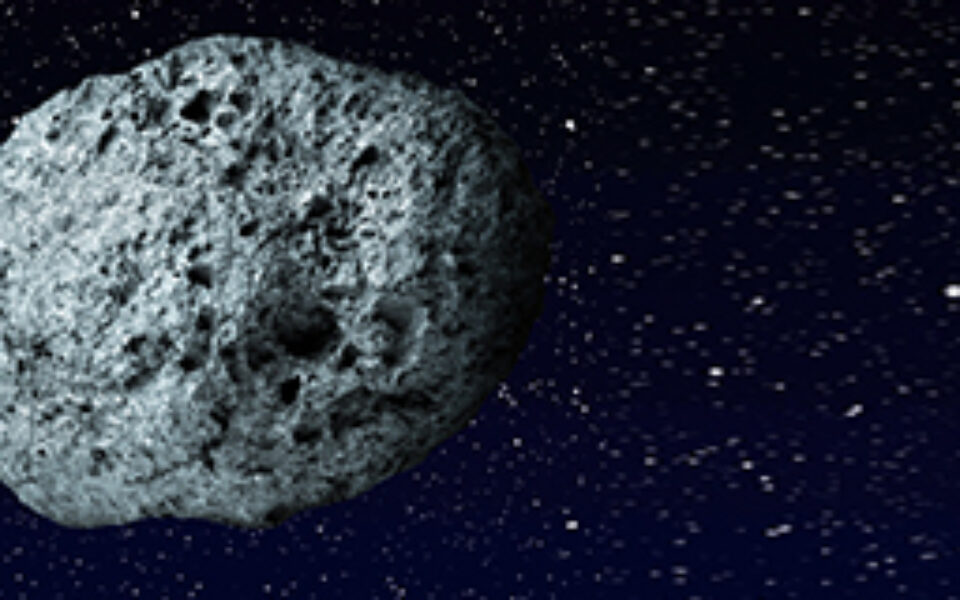Space Is Back

Two things have happened in the past two weeks that are extremely important for the future of space exploration, the sciences and, by extension, the betterment of humankind.
For starters, we landed a spacecraft on a comet. A comet! The European Space Agency’s Rosetta spacecraft deployed a probe on Tuesday that successfully anchored on the surface of Comet 67P/Churyumov-Gerasimenko. It took Rosetta 10 years to cross the solar system to arrive at its destination in deep space. It was both the end of a journey and the beginning of something with much, much longer range significance. Just imagine the amount of research and theoretical and applied science it took to accomplish this incredible feat! It’s almost too much to get your head around.
Anyone wondering why landing on a comet is so important just needs to think about the sheer inspiration that has driven the Rosetta program and the awe its accomplishments are now inspiring back here on Earth – in the space labs that got it there, in the government offices that funded it, in people in every country on the planet, and hopefully, in the classrooms of our future scientists.
The lesson we have learned from the space program, starting at the beginning with Apollo in the 1960s and going all the way up through the now completed shuttle program and today’s International Space Station, is that the genius it takes to put humans in space produces at least as much, if not more, advancement for our species than the actual successful completion of the project itself.
Just look at some of the items developed by NASA that have become part of our everyday lives – cell phone cameras, CAT scans and MRIs, memory foam, solar panels, and water filters to name just a few of the more than 1800 technologies to come from the space program. (Contrary to popular lore, the list of NASA credits does not include Tang, Velcro or Teflon. You learn something new every day).
Even if we were to derive no tangible benefits such as these, how can you put a value on the inspirational impact that the program may have on millions of school children who could one day decide that they want to be scientists and technologists and engineers and mathematicians? This is about the best boost that STEM education could possibly hope for – and perhaps the best reason that landing spacecraft on comets is a great investment.
The second important science and space event this month (at least so far) was the relaunch (pun intended) of a music video that is the greatest example ever of life imitating art. The video features Canadian astronaut Chris Hadfield performing David Bowie’s 1969 Space Oddity while floating weightlessly in the International Space Station.
Hadfield originally made the video in 2013 with permission from Bowie himself and the right to post it for one year. It was viewed almost 24 million times on YouTube alone, not counting reposts and rebroadcasts, before the year was up. On November 4, Bowie extended his agreement with Hadfield, and the video once again went live.
Trust me when I tell you that you have never seen anything like this. An astronaut, with a very earthly guitar and a very other-worldly voice, rocking out to Space Oddity while actually “sitting in a tin can far above the world.” This is my gift to you – click here: http://chrishadfield.ca/space-oddity.
On his website, Hadfield says, “When David Bowie wrote and recorded Space Oddity in 1969, I wonder if he ever imagined it being played in orbit? Even more so, would he have imagined (or worried about) the legal concerns of extra-planetary music?”
What could be more grounded than that?
Julie Gross Gelfand contributed to this blog.
